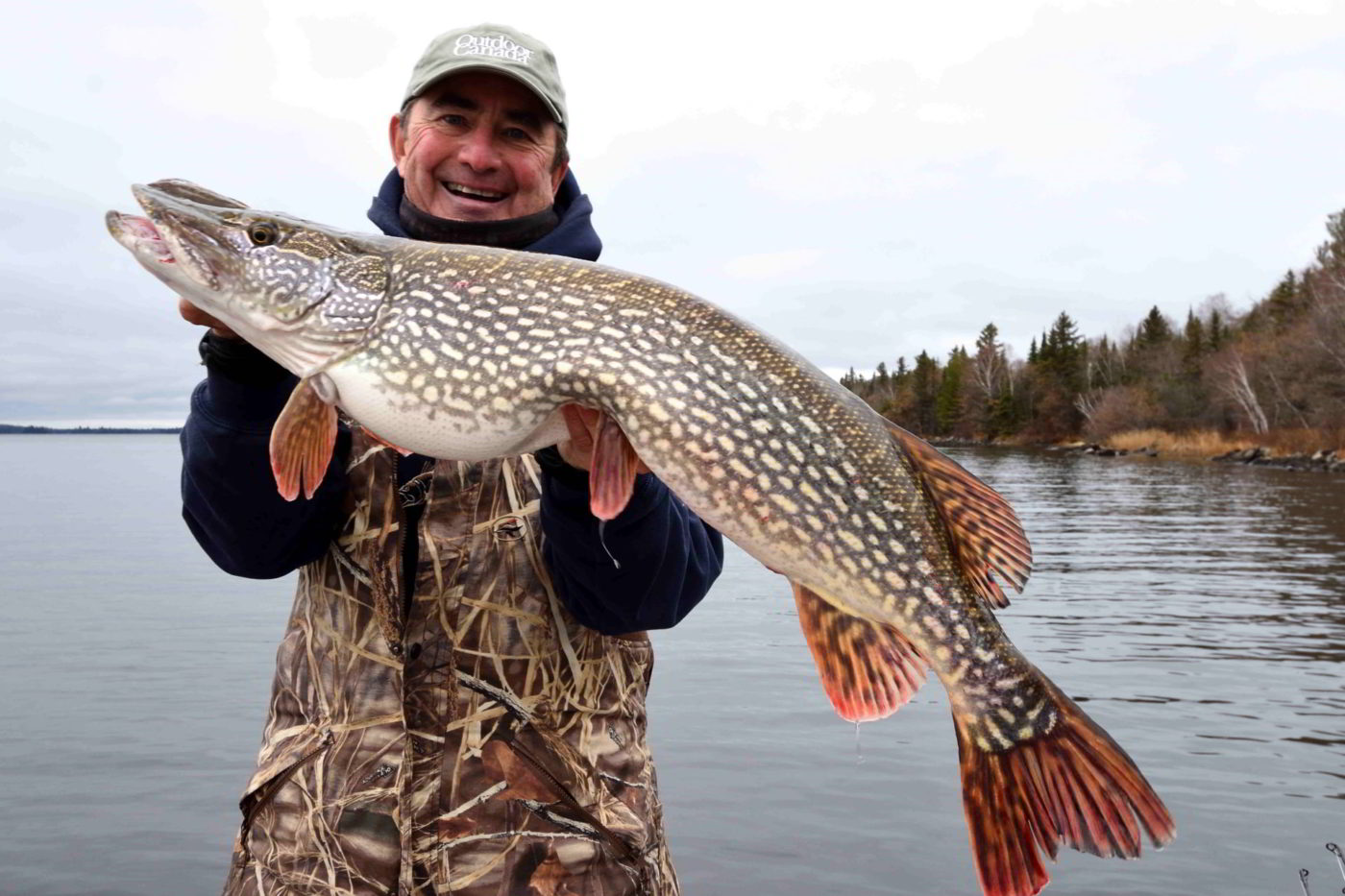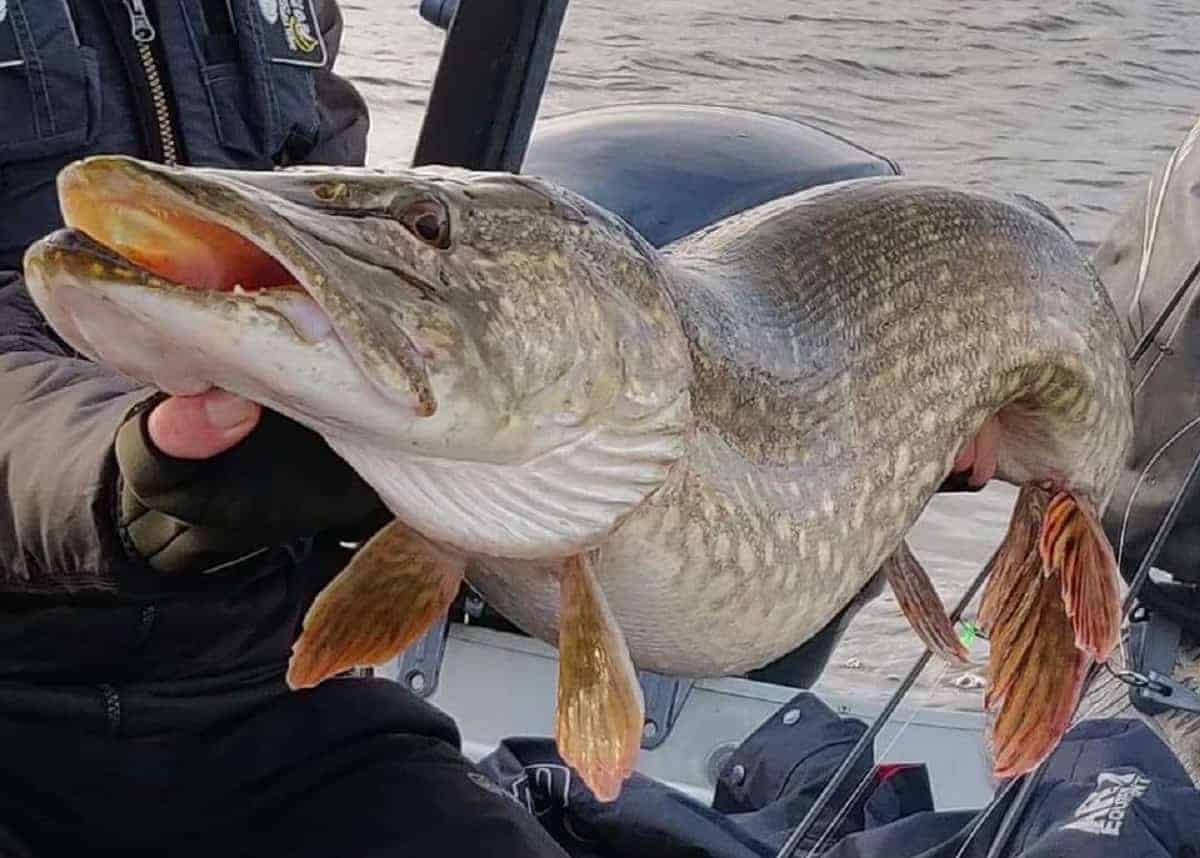Defining Pike

Pike definition – In the realm of language, “pike” holds a versatile significance, extending beyond its primary meaning as a type of fish. Etymologically, the term originates from the Middle English “pike,” derived from the Old French “pic,” which itself traces back to the Latin “picca,” signifying a pointed weapon.
Pike definition, a slender freshwater fish with a long, pointed snout, is a fascinating creature. Its sharp teeth and predatory nature make it a formidable hunter, and its silvery scales and graceful movements add to its beauty. Learn more about this captivating fish in our comprehensive guide to pike definition.
This linguistic heritage reflects the multifaceted nature of “pike,” encompassing its physical characteristics, historical usage, and metaphorical implications.
In the vast expanse of the ocean, a pike, a predatory fish, lurks with its sharp teeth and keen eyesight. Its slender body and lightning-fast reflexes make it a formidable hunter. However, even the pike has its vulnerabilities, and one of them is its susceptibility to floaters, a condition that can impair its buoyancy.
Understanding the floater meaning is crucial for unraveling the intricacies of pike biology and its survival strategies.
Etymology and Meaning
- Zoology: In the aquatic realm, “pike” refers to a predatory freshwater fish belonging to the family Esocidae. Known for its elongated, torpedo-shaped body and sharp, pointed snout, the pike is a formidable hunter.
- Weaponry: Historically, “pike” denoted a long, thrusting weapon consisting of a wooden shaft topped with a metal spearhead. Used by infantry formations during medieval and Renaissance warfare, the pike played a pivotal role in close-quarters combat.
- Metaphorical Usage: In figurative speech, “pike” assumes a metaphorical meaning, often symbolizing a pointed or sharp object. This usage can be found in phrases like “a pike of land” or “a pike of criticism.”
Types and Characteristics of Pike

Pike fish, known for their elongated, torpedo-shaped bodies, are predatory freshwater fish belonging to the family Esocidae. They are widely distributed across the Northern Hemisphere, inhabiting various aquatic ecosystems such as lakes, rivers, and ponds. Pike fish exhibit remarkable diversity, with several distinct species and subspecies recognized based on their unique physical characteristics and ecological adaptations.
The most common and widely distributed pike species is the northern pike (Esox lucius). This species is characterized by its large size, reaching lengths of up to 1.5 meters and weights of over 20 kilograms. The northern pike has a dark green or olive-brown coloration with irregular pale spots or bars along its body. Its head is elongated and pointed, with a large, protruding lower jaw equipped with sharp, conical teeth.
Another notable pike species is the muskellunge (Esox masquinongy), which is native to North America. Muskellunge are typically larger than northern pike, with some individuals reaching lengths of over 2 meters and weights of over 30 kilograms. They have a more elongated and slender body shape compared to northern pike, with a distinctive dark green or black coloration and irregular pale spots or blotches.
The chain pickerel (Esox niger) is a smaller pike species found in eastern North America. It is characterized by its smaller size, typically ranging from 30 to 60 centimeters in length. The chain pickerel has a slender, elongated body with a dark green or olive-brown coloration and a series of dark, chain-like markings along its sides.
In addition to these three main species, there are several other pike species with more localized distributions. These include the Amur pike (Esox reichertii), found in eastern Asia, the grass pickerel (Esox americanus vermiculatus), found in the southeastern United States, and the redfin pickerel (Esox americanus americanus), found in eastern North America.
Overall, pike fish exhibit a wide range of physical characteristics and ecological adaptations, reflecting their diverse habitats and feeding strategies. Their elongated, torpedo-shaped bodies and sharp, conical teeth make them efficient predators, while their coloration and patterns provide camouflage in various aquatic environments. The different pike species occupy distinct ecological niches, contributing to the biodiversity and ecological balance of freshwater ecosystems.
Habitat and Behavior of Pike: Pike Definition
Pike fish prefer freshwater habitats with abundant vegetation and clear water. They can be found in lakes, rivers, ponds, and canals. Pike are ambush predators that lie in wait for their prey, using their camouflage to blend in with their surroundings. They have a large, powerful jaw with sharp teeth that they use to seize and crush their victims. Pike are solitary fish that typically only come together during the breeding season. They are territorial and will defend their territory from other pike.
Hunting and Feeding Habits
Pike are opportunistic predators that will eat almost anything they can catch, including fish, frogs, birds, and small mammals. They are known for their aggressive feeding habits and have been known to attack prey that is much larger than themselves. Pike typically hunt by lying in wait for their prey to come close, then ambushing them with a sudden burst of speed. They use their sharp teeth to seize their prey and then crush it with their powerful jaws.
Social Behavior and Reproductive Strategies, Pike definition
Pike are solitary fish that typically only come together during the breeding season. They are territorial and will defend their territory from other pike. Pike spawn in the spring, and the female pike will lay her eggs in shallow water. The male pike will then fertilize the eggs, and the female pike will guard the eggs until they hatch. The fry will remain with the female pike for several weeks until they are large enough to fend for themselves.
Pike, a fish of elongated form with a pointed snout, finds its counterpart in the basketball realm as “perch.” Perch, as defined in perch in basketball , refers to a player’s ability to hold a position near the basket, much like a pike lurking in shallow waters.
When the sun kisses the horizon, casting a golden glow upon the tranquil waters, it’s time to unravel the mysteries of the elusive pike. Pike definition takes us on a captivating journey, revealing the secrets of this enigmatic predator. From its razor-sharp teeth to its lightning-fast reflexes, pike definition paints a vivid portrait of this aquatic marvel, leaving us in awe of its formidable presence.
A pike is a voracious predator, its sharp teeth and powerful jaws making it a formidable hunter in freshwater ecosystems. Often referred to as the “poster fish” of lakes and rivers, pike are easily recognizable with their elongated, torpedo-shaped bodies and distinctive dorsal fin.
Their opportunistic feeding habits and aggressive nature have earned them a reputation as apex predators in their aquatic habitats.